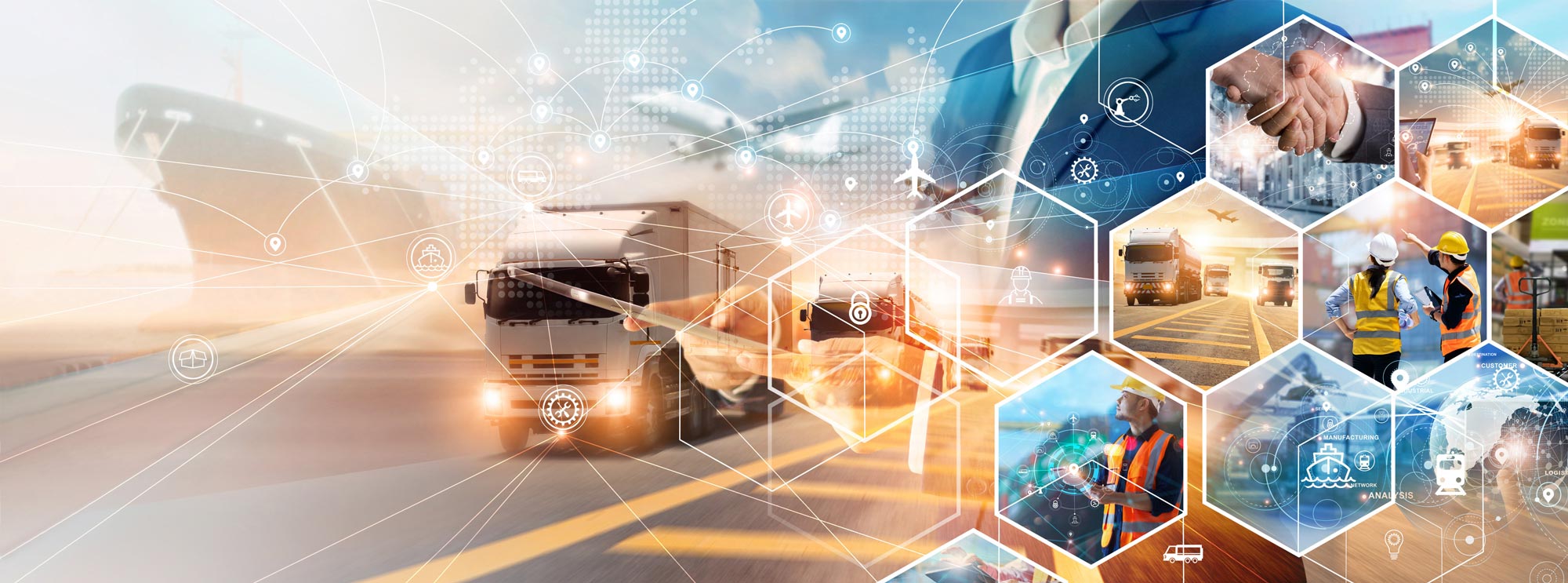The logistics industry is the backbone of global trade, ensuring that goods move seamlessly across borders and reach their destinations efficiently. Over the years, the industry has evolved significantly, driven by technological advancements, changing consumer demands, and the need for more sustainable practices. This blog post explores the evolution of the logistics industry from a business perspective, highlighting key trends, innovations, and the future outlook.
Historical Context
Traditionally, logistics involved the transportation of goods from one place to another, relying heavily on manual processes and limited technology. The industry was characterized by inefficiencies, long transit times, and a lack of transparency. However, as global trade expanded and businesses sought to optimize their supply chains, the logistics industry began to undergo a transformation.
Technological Advancements
One of the most significant drivers of change in the logistics industry has been technology. Innovations such as automation, data analytics, and the Internet of Things (IoT) have revolutionized how logistics companies operate.
- Automation: The introduction of automated systems has streamlined various logistics processes, from warehousing to transportation. Automated warehouses use robotics and conveyor systems to enhance efficiency and reduce human error. Additionally, autonomous vehicles and drones are being tested for last-mile delivery, promising faster and more reliable services.
- Data Analytics: Big data and analytics have enabled logistics companies to make data-driven decisions. By analyzing historical data and real-time information, companies can optimize routes, forecast demand, and manage inventory more effectively. This leads to cost savings and improved customer satisfaction.
- IoT: IoT devices provide real-time visibility into the supply chain. Sensors and GPS tracking allow companies to monitor the location and condition of shipments, ensuring timely delivery and reducing the risk of loss or damage. This level of transparency is crucial for building trust with customers and partners.
Changing Consumer Demands
The rise of e-commerce has significantly impacted the logistics industry. Consumers now expect fast, reliable, and convenient delivery services. To meet these demands, logistics companies have had to adapt and innovate.
- Speed and Efficiency: Companies like Amazon have set high standards for delivery times, with same-day and next-day delivery becoming increasingly common. Logistics providers have had to enhance their capabilities to keep up with these expectations, investing in advanced sorting and distribution centers.
- Last-Mile Delivery: The last mile is often the most challenging and costly part of the delivery process. Innovations such as delivery lockers, crowd-sourced delivery services, and autonomous delivery vehicles are being explored to improve last-mile efficiency and reduce costs.
- Customer Experience: Providing a seamless and transparent customer experience is now a priority. Real-time tracking, flexible delivery options, and hassle-free returns are essential components of modern logistics services.
Sustainability and Green Logistics
Sustainability has become a critical focus for businesses across industries, and logistics is no exception. Companies are increasingly adopting green logistics practices to minimize their environmental impact.
- Eco-Friendly Transportation: Logistics providers are investing in alternative fuel vehicles, such as electric and hydrogen-powered trucks, to reduce emissions. Additionally, optimizing delivery routes and consolidating shipments can further decrease the carbon footprint.
- Sustainable Packaging: Reducing packaging waste and using eco-friendly materials are important steps toward sustainability. Many companies are now adopting recyclable and biodegradable packaging solutions.
- Green Warehousing: Energy-efficient warehouses that utilize renewable energy sources and advanced energy management systems contribute to reducing the environmental impact of logistics operations.
Future Outlook
The logistics industry will continue to evolve, driven by advancements in technology, changing consumer expectations, and the need for sustainable practices. Key trends to watch in the coming years include:
- Artificial Intelligence (AI): AI will play a crucial role in optimizing logistics operations. From predictive analytics to autonomous vehicles, AI can enhance efficiency and decision-making across the supply chain.
- Blockchain: Blockchain technology can provide greater transparency and security in the supply chain. By creating a tamper-proof ledger of transactions, blockchain can help prevent fraud and ensure the integrity of shipments.
- 3D Printing: As 3D printing technology advances, it has the potential to disrupt traditional logistics models. Localized production using 3D printing can reduce the need for long-distance transportation, leading to faster and more sustainable delivery.
- Collaborative Logistics: Collaboration between logistics providers, manufacturers, and retailers can create more efficient and integrated supply chains. Sharing resources and information can lead to cost savings and improved service levels.
Conclusion
The logistics industry has come a long way from its traditional roots, evolving into a dynamic and technology-driven sector. By embracing innovation, adapting to changing consumer demands, and prioritizing sustainability, logistics companies can navigate the challenges and opportunities of the modern business landscape. As the industry continues to evolve, businesses that stay ahead of the curve and invest in cutting-edge solutions will be well-positioned for success.
